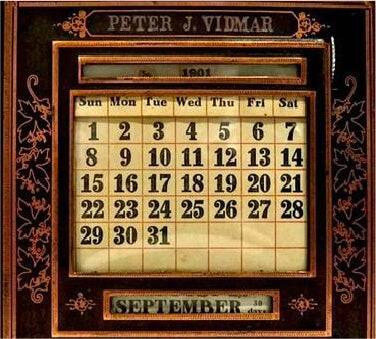HOW DID THE PERSON WHO DESIGNED THE CALENDAR KNOW WHAT THE DATE WAS?
The person who designed the calendar had to rely on various methods and observations to determine the date. While the exact process may differ depending on the specific calendar system, here is a general explanation of how they could have determined the date:
1. Celestial Observations: One of the primary methods used in ancient times was observing celestial bodies such as the sun, moon, and stars. By tracking their positions and movements, early astronomers could determine the time of the year, the lunar cycle, and other celestial events. For example, they could observe the solstices and equinoxes, which helped mark important dates in the calendar.
2. Solar Observations:
The position of the sun in the sky throughout the day can provide valuable information about the time of year. By observing the length of shadows cast by objects at different times of the day, one can deduce the approximate date. For instance, during the summer solstice, the sun is at its highest point in the sky, resulting in shorter shadows.
3. Lunar Observations:
The moon's phases were also crucial in determining the date. By observing its changing appearance over a month, astronomers could track the lunar cycle and establish a lunar calendar. This was particularly important for cultures that relied heavily on lunar events, such as religious festivals or agricultural activities.
4. Natural Phenomena:
The person designing the calendar would have observed natural phenomena like the blooming of certain flowers, migration patterns of animals, or changes in weather patterns. These observations provided additional clues about the time of year and helped refine the calendar.
5. Historical Records:
In some cases, historical records and oral traditions played a role in establishing the calendar. Past events and their corresponding dates were recorded and passed down through generations. By referring to these records, calendar designers could align their new calendar with historical events or establish a consistent chronology.
It is important to note that calendar design was an iterative process, refined over centuries through trial and error. The calendar would be adjusted based on continuous observations and feedback, ensuring it remained accurate and aligned with the natural world.



No comments yet
Be the first to share your thoughts!